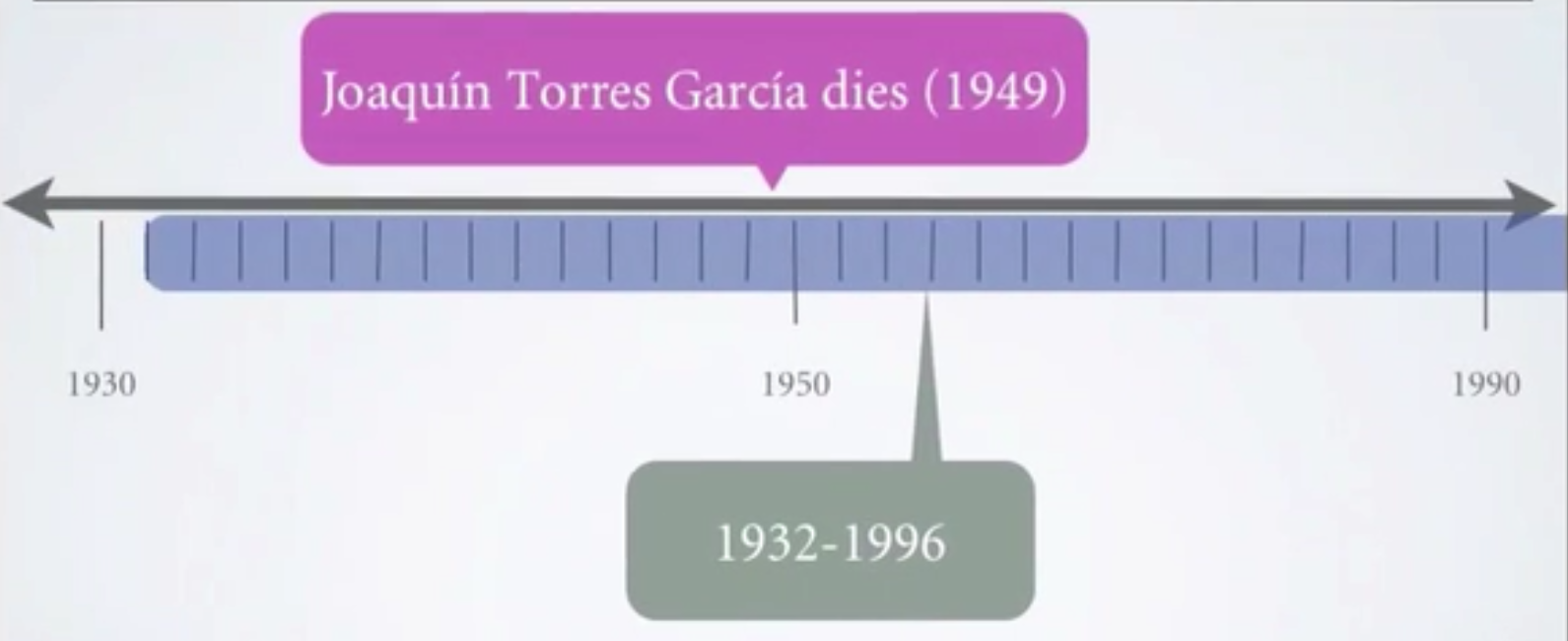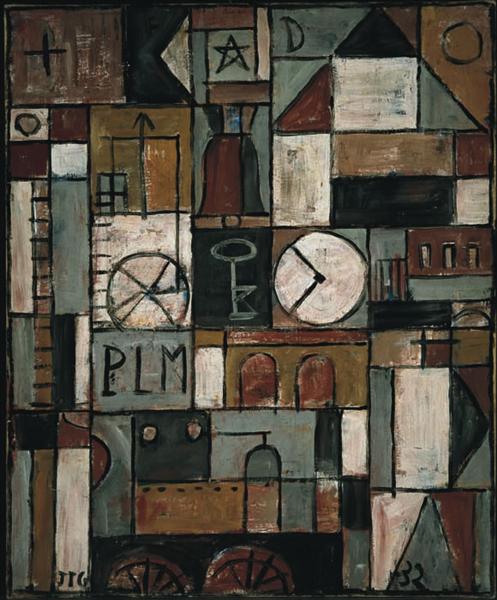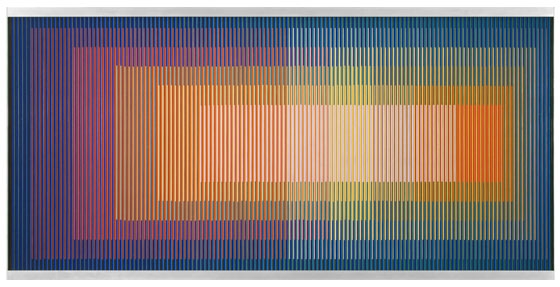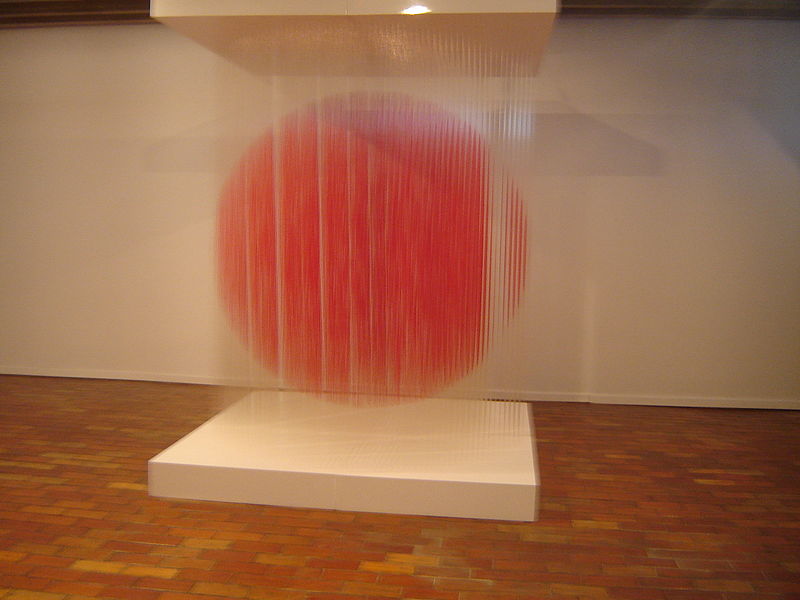Table of Contents |
You’ll be looking at art from between 1932 and 1996.

Joaquín Torres García led a very interesting and full life, particularly academically, much too full to really do any justice to in this short tutorial. He was born in Montevideo in 1874 and left with this family in 1891 to live and study in Barcelona, Spain.
Torres García was arguably one of the most connected artists of the time, having worked with such artists as Antoni Gaudi, Joan Miro, Theo van Doesburg, and Piet Mondrian. In the late 1920s, he lived in Paris and was inspired by the work of Mondrian and Neoplasticism.
Unlike Mondrian and Doesburg, he never really rejected nature. Instead, he made some changes to Neoplasticism and created his own style, called Constructive Universalism, which borrowed elements from a number of movements, blended them together, and created something entirely new. It seemed a fitting move, given the varied experiences, education, and encounters he made throughout his life.
A painting by Joaquín Torres García:

1932
Oil on canvas
As you can see in this painting, the influence of Cubism and Neoplasticism is very apparent. This can be seen specifically with the emphasis on flatness and rectilinear lines and planes. Torres García makes an interesting departure, though, in his use of color. He’s not limited to primary colors, like other de Stijl artists. He developed a grid-like pattern in which he inserted symbols; in this case, a clock, letters, a key, and various geometric forms.
In 1934, he returned to Montevideo and brought with him his collective knowledge of over 40 years. His ideas spread throughout Argentina, which developed a unique version of geometric abstraction based on Constructivism, breaking through and destroying the frame.
During the mid-20th century, artists in Brazil developed a version of geometric abstraction that was based on depicting the illusion of movement. This idea of viewer participation was also important in the work of Venezuelan artists Carlos Cruz-Diez and Jesús Rafael Soto.
Carlos Cruz-Diez, who’s still alive, was also influenced by the color theorists and artists Josef Albers and Georges Seurat. He incorporated these ideas into his work, including his series of Physichromie paintings, one of which we see here:

1973
This was a series that began in 1959 and was created to explore the changes of color, dependent upon factors such as the amount of light or the position of the viewer. The tightly grouped parallel lines of varying colors create an interesting effect known as the More effect, which is a wavy illusion. It’s a form of kinetic art, which relies on optical illusions that make objects in the artwork appear to move, vibrate, and change color.
Jesús Rafael Soto was another kinetic artist that was born mere months apart from his fellow Venezuelan, Carlos Cruz-Diez. The example we see here is a form of art that also saw growth in Brazil in the 1960s and 1970s called Penetrables:

1996
Colored plastic tubes
As part of Soto’s experimentation with movement, the work of art appears to be a semi-solid sphere from a distance. This is merely an optical illusion formed by the careful arrangement of colored plastic strips. In fact, the viewer can and is encouraged to walk through the work of art. The important role of the viewer’s participation is fundamental to another genre of art we’ll talk about in another lesson, called Conceptualism.
Source: This work is adapted from Sophia author Ian McConnell